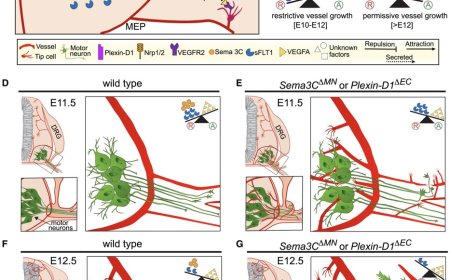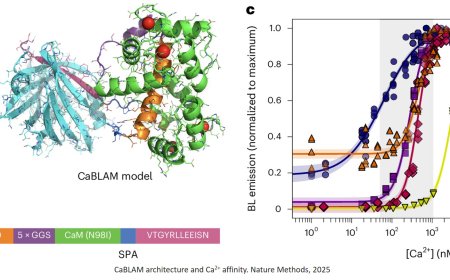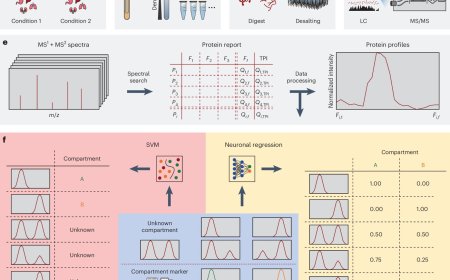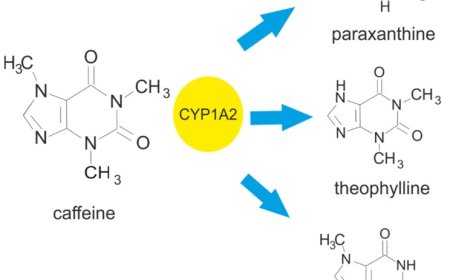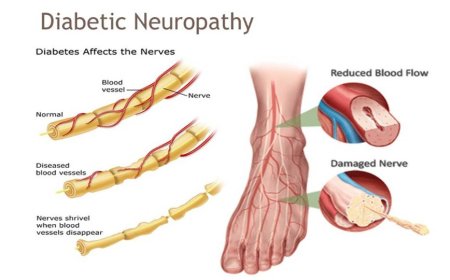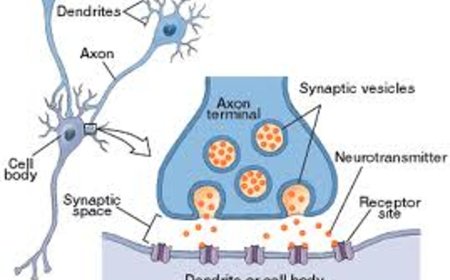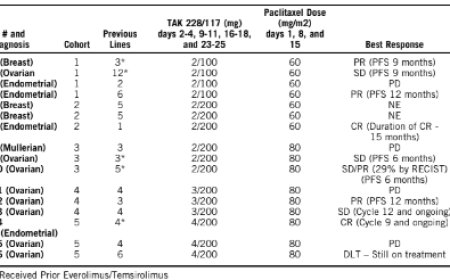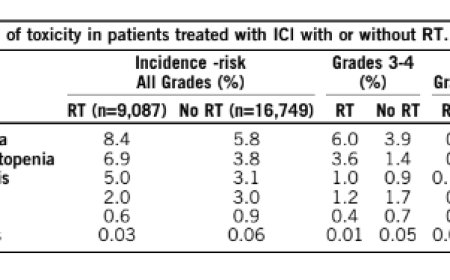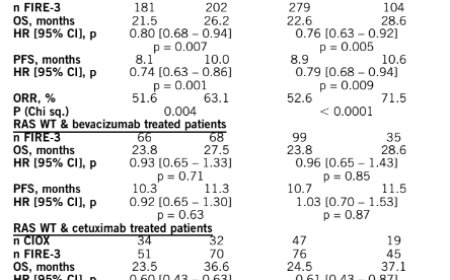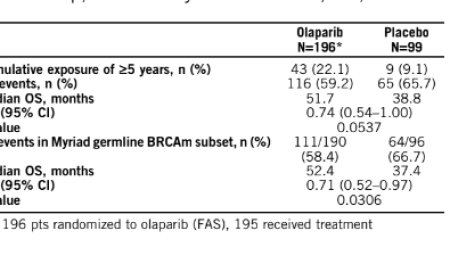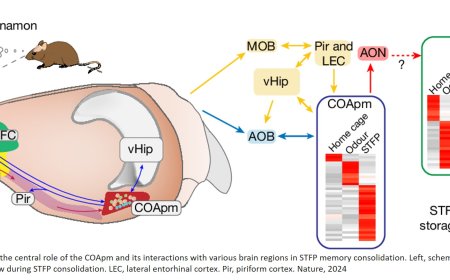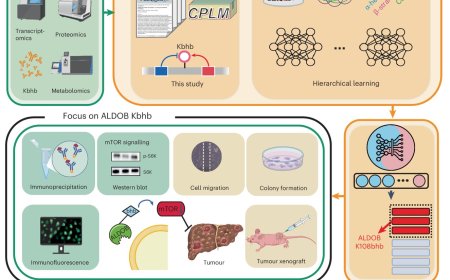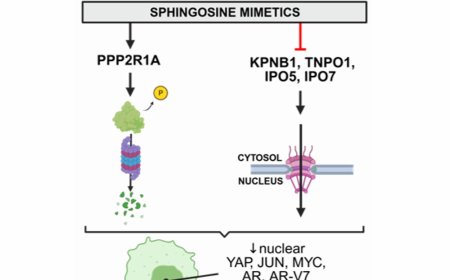Programmed cell revival from imminent cell death
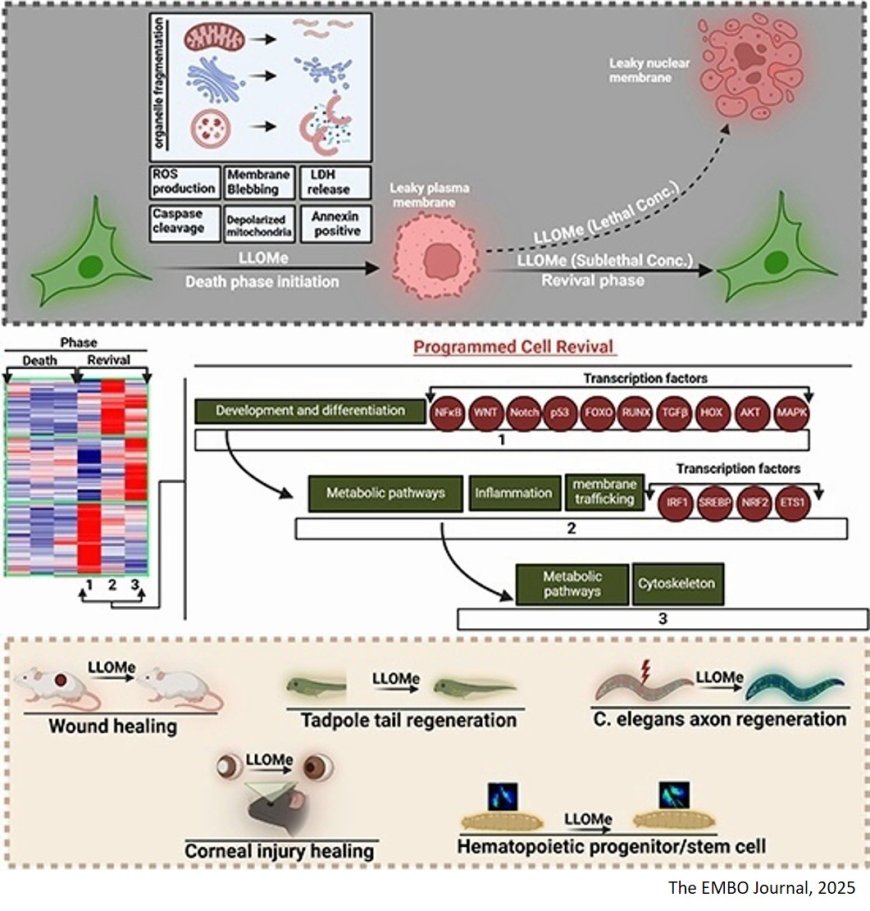
The ability of cells to recover after the initiation of cell death pathways is only little understood. This study challenges the dogma of irreversible cell death by characterizing a programmed cell revival process that reactivates developmental and regenerative pathways.
The authors show that the cells exposed to sublethal concentrations of lysosomotropic agents can recover from near-death conditions through a tightly regulated process.
They demonstrate that the revival begins with enhanced chromatin accessibility and activation of gene networks related to embryonic development, stemness, and regeneration.
The authors reveal that the cells reconstruct organelles, including mitochondria and lysosomes, and form a novel mitochondrial–multivesicular body structure associated with metabolic reactivation.
Treatment with the lysosomotropic agent LLOMe enhances wound healing, stem cell proliferation, and tissue/axon regeneration across multiple animal models.
The authors conclude that the NF-κB signaling pathway is indispensable for both cellular revival and tissue regeneration.
https://www.embopress.org/doi/full/10.1038/s44318-025-00540-y
